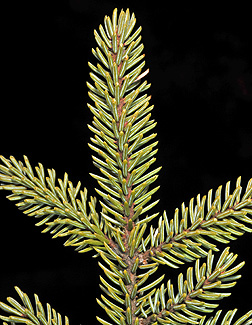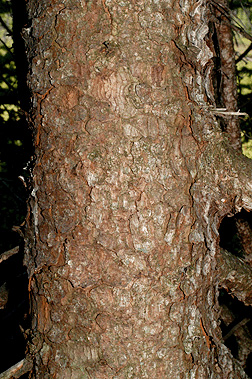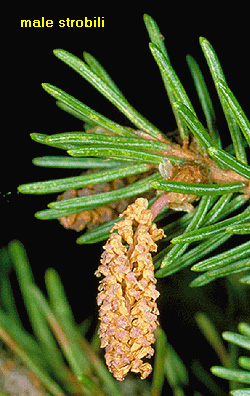Black Spruce
Picea mariana
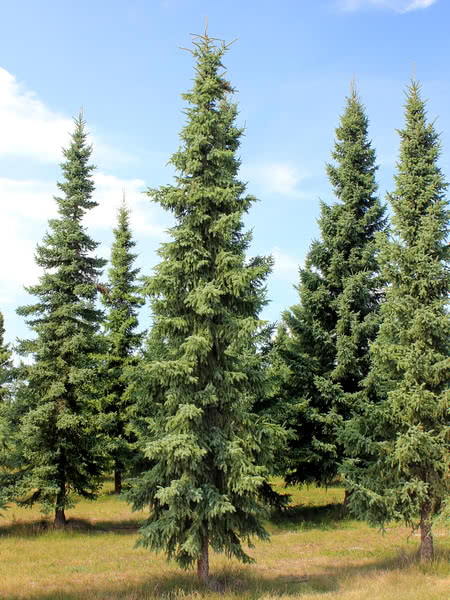
The black spruce is a coniferous tree native to northern North America. It is the smallest of all spruce species and is known for its resilience in poor soil and environments. The black spruce can grow up to 20-30 feet tall on average and up to 70 feet tall in favorable conditions. It is a shade tolerant tree and is often found in swamps, marshes, and bogs.

Leaves are four-sided needles with blunt pointed tips, and are blue-green to gray in color. The lengths of the leaves average around 1/4 to 1/2 inches long. The black spruce has thin, scaly, and irregular bark. It is gray-brown or red-brown in color.
The black spruce produces spruce cones. The spruce cones are black to dark brown in color and its seeds are usually purplish brown. Black spruce trees may contain both male and female cones. Male cones release pollen that is spread by the wind. Pollen fertilizes the female cones that produce a seed. Seeds are then spread by windfall and birds. Black spruce is also semi-serotinous. This means the black spruce may release its seed based on certain environmental triggers such as fires or the death of the parent tree.
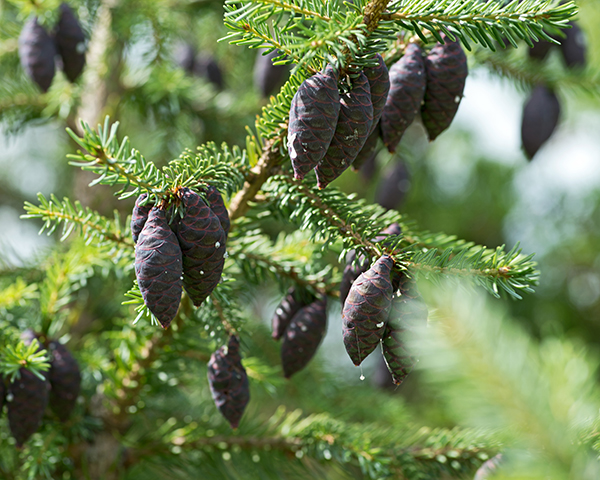
Black spruce is used for high-quality pulpwood, lumber, and Christmas trees. Black spruce trees are highly resistant to cold and fires due to its waxy leaves, layering of branches, and rough bark.

